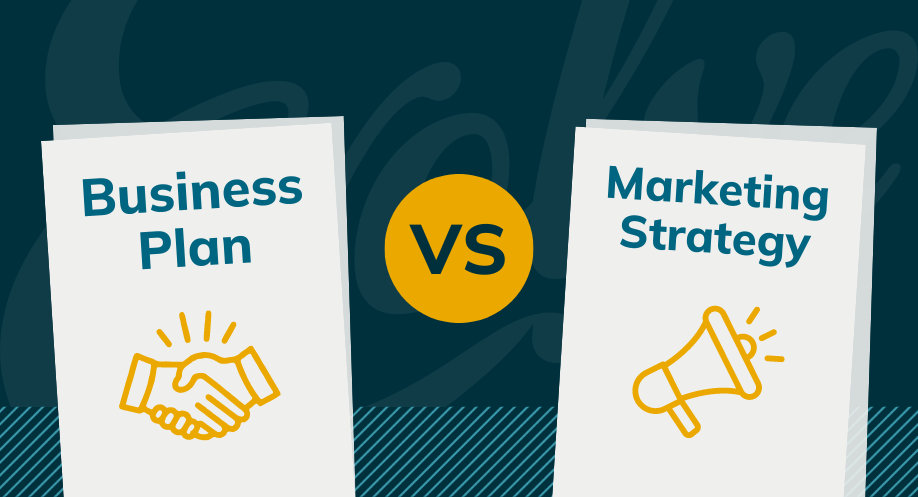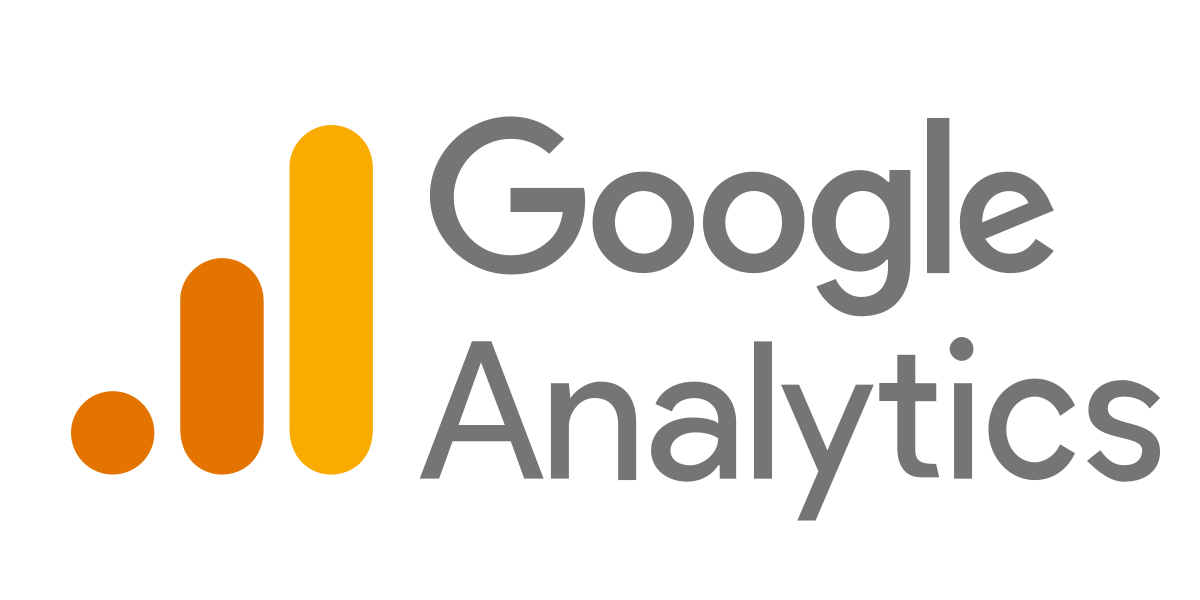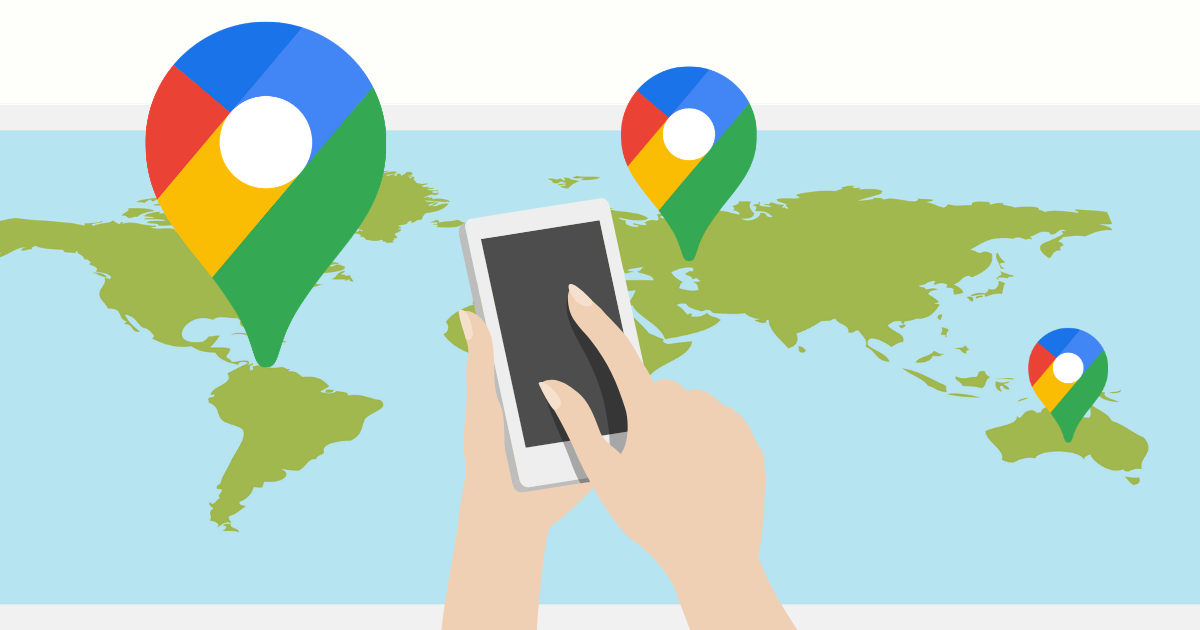“You need to be active online!” This sentiment comes up a lot and puts pressure on many business owners, but where do you begin? You can work on your website and blog, write newsletters, and post on social media, but how often should you be doing any of those things? It’s clear businesses should have an online presence and a digital marketing plan but the ‘how’ and ‘where’ to begin isn’t clear. A digital marketing and overarching marketing plan should be created first to establish your business goals and identify what success looks like. Once you have a marketing plan in place, ideally for the quarter, then you can create a content calendar.
Importance of Using a Content Calendar
A content calendar helps you organize your strategic objections by creating a plan for each digital marketing channel. Content calendars should include frequency, topics, events, channel type, and cover a 3-month period. When you have a plan in place of where to post and what to post about you’ll also:
- Develop consistent messaging
- Create clear communication with the audience
- Focus your intent
- Save time
- Follow your strategic marketing plan
There is an upfront investment of time and thought to create a content calendar but the value created from the consistent connection your potential and existing customers receive from you is worth it. In addition to aligning with your marketing plan, a consistent content plan leads to improved metrics and more leads for your business. Measurement and alignment with marketing goals will be discussed further in the tips and tricks section.
How to Create a Content Calendar
First, answer the following questions to set yourself up to create a high-quality content calendar.
- What are your marketing goals?
- What do you want people to know or learn about?
- What actions should people take?
- Where do your ideal audiences hang out online?
- Where do you want to market online? Which channels? (emails, blogs on your website, social channels, other content types like webinars)
- Do you have any upcoming events, trade shows, notable holidays, or celebrations in the next quarter?
- What types of content or topics would you like to write or share?
- Industry-related topics or news
- Product or service related
- Testimonials
- Case studies
- Educational
- Employee or business highlights
- How often will you be able to create content?
- Ideal frequency vs realistic frequency
- Will you be able to create or source graphics, images, or videos?
- 72% of customers prefer learning about a product or service through a video
- 93% of businesses gain a new customer as a result of posting a video on social media
- Facebook posts with images see 2.3X more engagement than those without images
Second, use your preferred planning tool of choice, internally we use Google Docs and Sheets with a calendar template, to outline the topics, events, and other relevant information. Once you have the above questions answered, start planning out your posts in a calendar format.
Third, write out or schedule the tasks required and the timing needed in order to write blog posts on time and prepare graphics; we use Basecamp for this. Creating a task list is incredibly helpful when multiple people need to be included in the process. Finally, use a social media scheduling tool, such as Hootsuite, to prepare your posts a week in advance. It will save you time to schedule multiple posts at once and on multiple platforms all in one central location.
Content Calendar Tips & Tricks
Here are a few things to keep in mind as you tackle creating your first content calendar.
Be flexible
Events may move or topics may shift. Stick to the calendar as much as you can but don’t fret if you need to make adjustments
Plan for a quarter
As mentioned earlier, plan out 3-months in advance. This helps to align closely with your marketing plan and creates consistency.
Analyze performance
When developing your content calendar and it’s alignment with your digital marketing plan, identify what ‘good’ looks like. How will you know if your content marketing efforts are successful? What metrics or measures will help you know your blog posts or social posts are successful?
- Blog posts: Consider time on page and pageviews for blog posts and click-through rate (CTR) from the blog posts or other pages
- Social posts: Are your followers increasing? Are the numbers of likes on posts increasing over time? Are you receiving more comments or shares? Have you received any new business?
- Newsletters: Consider CTR to web pages linked in the newsletter and open rate
Try it
The first content calendar you put together won’t be perfect but it will be better than not having one at all!
While creating a content calendar may seem like a daunting task, knowing your content is aligned across your digital marketing channels and working towards your marketing goals will cause peace of mind. Your business will have that online presence you’d only heard about before and give you the best opportunity to show up consistently to your potential customers, who are more likely to become your customers than ever before.
Let us know if you have any questions or if you’d like assistance putting together your first content calendar or marketing plan. Evolve Systems is here to help – your success is our success.








